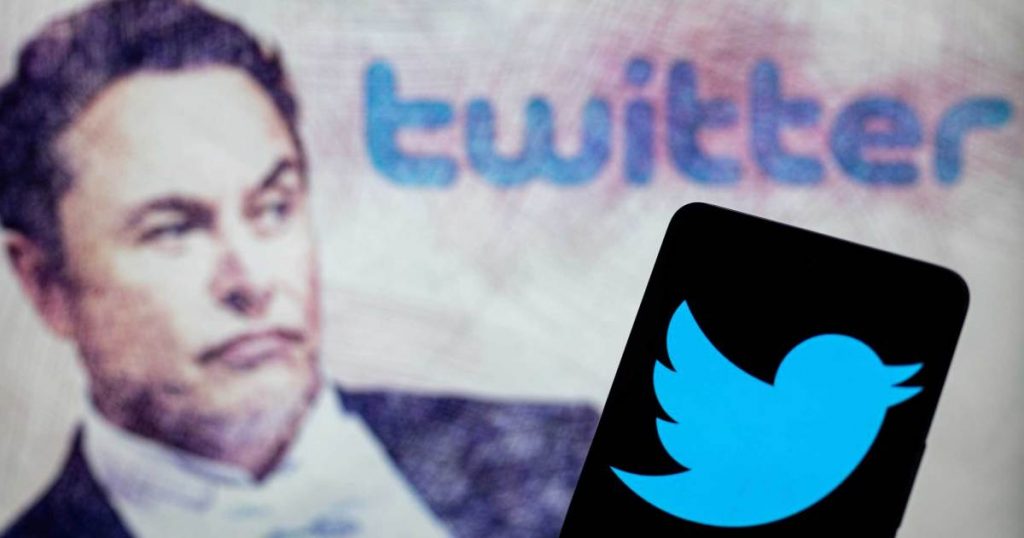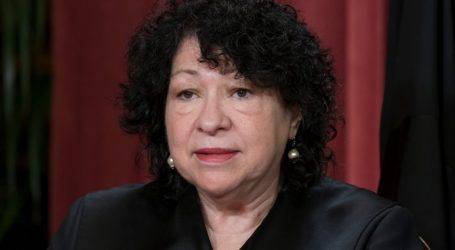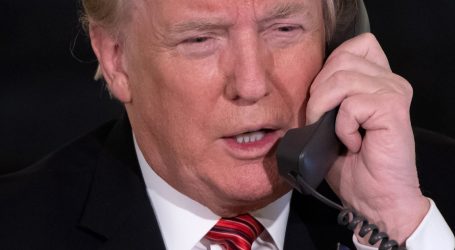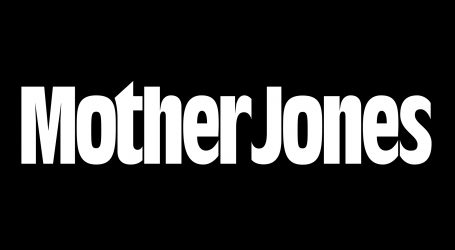Twitter Strips the New York Times of Verification
Jonathan Raa/AP
Fight disinformation: Sign up for the free Mother Jones Daily newsletter and follow the news that matters.The New York Times boasts around 9.3 million global subscribers and 54.9 million followers on Twitter. But as of Sunday, America’s paper of record no longer has a verification check-mark on the increasingly tumultuous social media platform that Tesla-titan Elon Musk purchased in October 2022 for $44 billion.
In March, Twitter announced it would begin “removing legacy verified checkmarks” starting April 1 in order to finalize its pay-to-play overhaul, in which any individual can now pay $8 per month for a check mark, but a company, government entity, or nonprofit has to cough up $1,000 per month to verify its main account, and $50 extra for each affiliated account the entity wants to verify.
After the announcement, major media players like the New York Times, Los Angeles Times, Washington Post, BuzzFeed, POLITICO, and Vox all said they would not be paying to retain their Twitter check marks. Axios reported the White House has also decided it will not pay to be verified, nor will it reimburse staff who want to pay $8 monthly for their individual accounts to be verified.
Historically, being verified on Twitter meant the social media company had confirmed the user or organization’s identity and decided that they were notable. It meant that if you saw a verified White House account tweet about a national emergency, or a verified Tom Brady account tweet about a retirement update, you could believe it to be true. But now that anybody can pay to have a check mark next to their names, it’s much easier to impersonate notable accounts and fool the masses.
Pharmaceutical giant Eli Lilly saw precisely that play out when a Twitter account with a similar name that had paid for verification tweeted in November that it would be making insulin free.
The account, it turns out, was fake. But the impact was very real. The company’s stock value fell from $368 a share to $346, with its market cap losing approximately $15 billion, according to Marketplace.
In the memo it sent to its staffers about opting not to pay Musk for verification, the Los Angeles Times reasoned that verification “no longer establishes authority or credibility”
Amid announcements from major organizations that they would not be paying, the New York Times reported that Twitter had planned to waive the $1,000 monthly fee for its “500 largest advertising clients and for the 10,000 most-followed brands.” The most-followed companies on the site include accounts from CNN, the NBA, NASA, and yes, the New York Times.
But early Sunday morning, Musk appeared to change his mind. After users noticed that most accounts with legacy verification still had their check marks after April 1, Musk reportedly said Twitter would give accounts a few more weeks before stripping them of their checks. “Unless they tell they won’t pay now,” he tweeted, “in which case we will remove it.”
Elon Musk quickly deleted a tweet saying legacy verified accounts would not lose their checkmarks on April 1 as he previously said, won’t happen for another “few weeks”
however, if they specifically say they won’t pay for Twitter Blue, then Twitter will remove their checkmark pic.twitter.com/HiiWwf30tb
— Matt Binder (@MattBinder) April 2, 2023
Musk’s apparent tweet has since been deleted. But so has the New York Times’ check mark.





